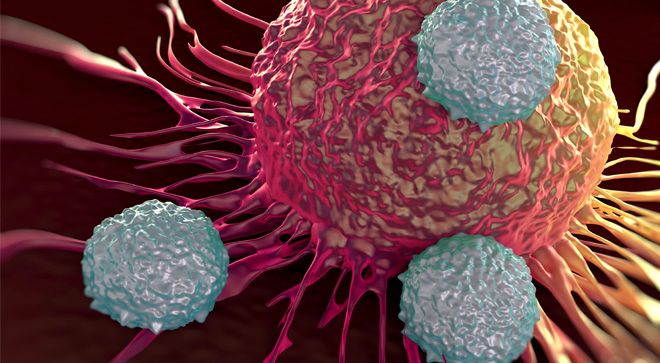Cancer and neoplasms
Understanding the Three Types of MPNs
Understanding which of the three types of myeloproliferative neoplasms (MPNs) a patient has can help guide them to receive the appropriate treatment and management of the disease.
Of note, MPNs are a group of rare blood disorders where the bone marrow creates too many blood cells. This can lead a patient to have an imbalance of red blood cells, white blood cells and platelets, all of which can lead to several symptoms. These can include feeling tired, issues with clotting or bleeding and potentially an enlarged spleen.
Unfortunately, the number of patients diagnosed with MDS in the United State each year is not exactly known, according to the American Cancer Society. The organization notes that estimates start at 10,000 and can increase from there. The risk for MDS increases as a patient ages and diagnosis of the disease is uncommon before age 50, according to the American Cancer Society, with most patients diagnosed in their 70s.
Each of the three types of MPNs have their own set of symptoms and management strategies, highlighting the importance of knowing which disease a patient has.
Polycythemia Vera
In patients with polycythemia vera, the bone marrow produces too many red blood cells, which typically carry oxygen throughout the body. This overproduction of red blood cells can thicken a patient’s blood, leading to issues like blood clots and an increased risk for stroke.
The exact cause of polycythemia vera is often not clear, but it is typically related to genetic mutations in the bone marrow cells, particularly in a gene called JAK2. Diagnosis is typically made through blood tests that reveal elevated red blood cell counts, hematocrit levels and the presence of the JAK2 mutation.
Patients with polycythemia vera may experience symptoms like fatigue, headaches and redness or itching of the skin. Treatment for this type of MPN often involves medications and occasionally procedures to reduce the number of red blood cells a patient’s body makes. In particular, treatment for polycythemia vera may include phlebotomy (removing excess blood), medications to reduce blood cell production and management of symptoms and complications.
Essential Thrombocythemia
With essential thrombocythemia, the bone marrow creates too many platelets, which are the cells that help blood clot. Too many platelets can lead patients to experience clotting and bleeding issues. In particular, blood may clot too easily, which can block blood vessels and cause issues like strokes or heart attacks. Paradoxically, patients may also experience bleeding problems because the blood doesn’t clot properly in some cases.
The exact cause of essential thrombocythemia is not well understood, but it is often associated with genetic mutations, particularly in genes like CALR, JAK2 or MPL.
Some patients with essential thrombocythemia may not have any symptoms or they may experience things like headache, dizziness or red spots on their skin.
Patients are recommended to work with their care team to manage the disease and potentially reduce the risk for complications, both of which may be achieved with medications or procedures like plateletpheresis (when platelets are filtered from a patient’s blood through a machine) to control the number of platelets in the blood.
Myelofibrosis
In patients with myelofibrosis, the bone marrow becomes scarred and experiences difficulty in creating enough healthy blood cells, which may lead to fatigue, anemia, an enlarged spleen and an increased risk for infections. Symptoms may also include pain and early satiety, or feeling full even when the patient has not eaten much.
Similar to essential thrombocythemia, myelofibrosis may also be linked to specific genetic mutations like CALR, JAK2 or MPL.
A patient’s care team may manage myelofibrosis with blood transfusions to manage anemia, supportive care to address symptoms, medications to reduce the size of the spleen or, if necessary, a bone marrow transplant.
For more news on cancer updates, research and education, don’t forget to subscribe to CURE®’s newsletters here.

